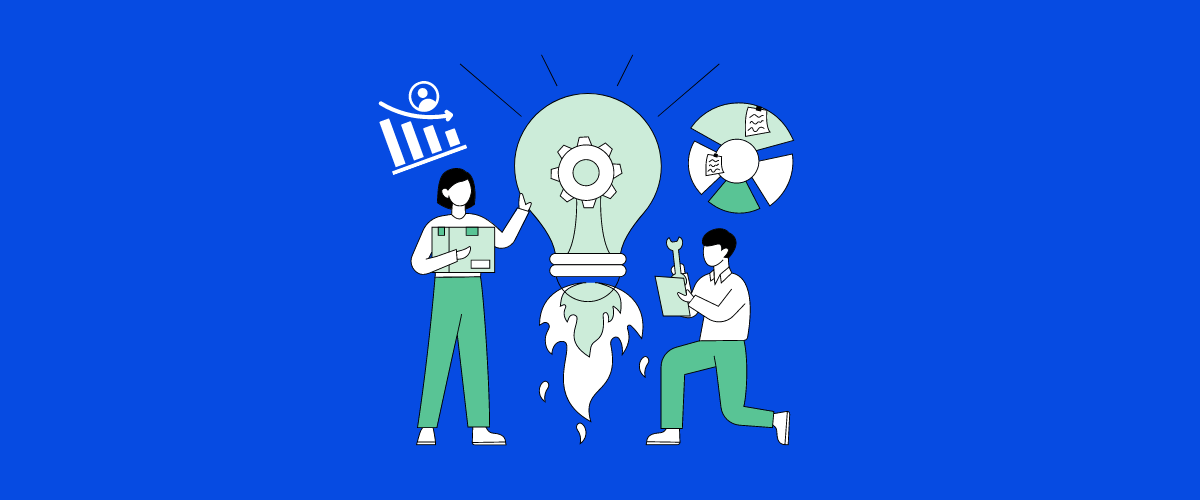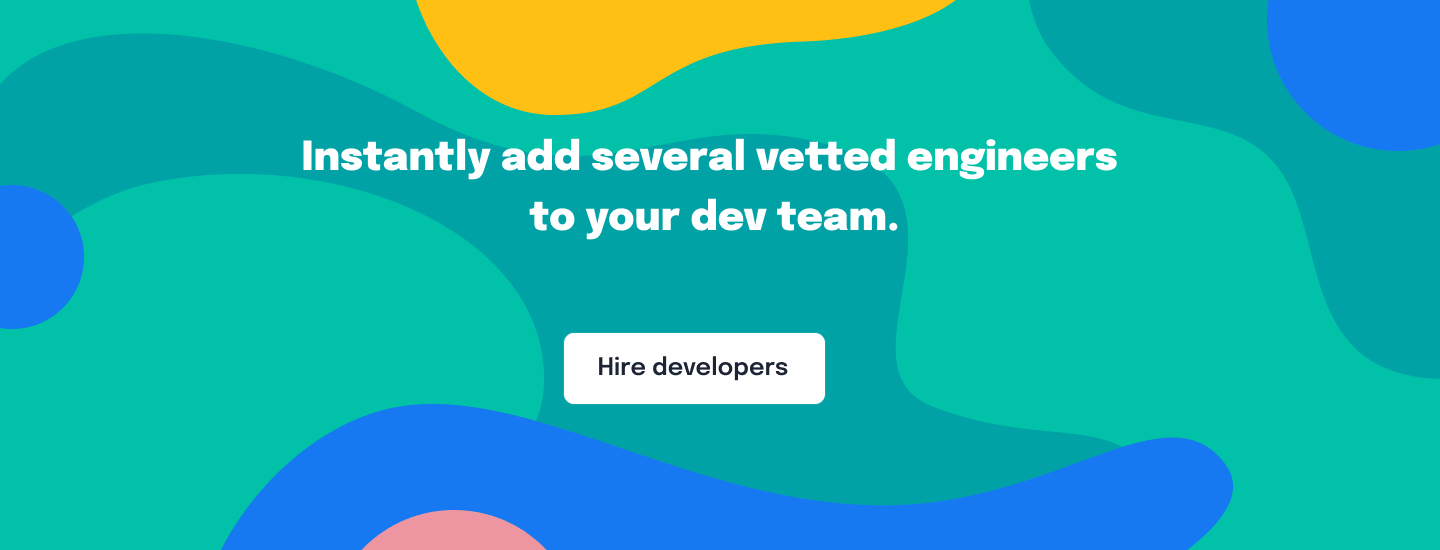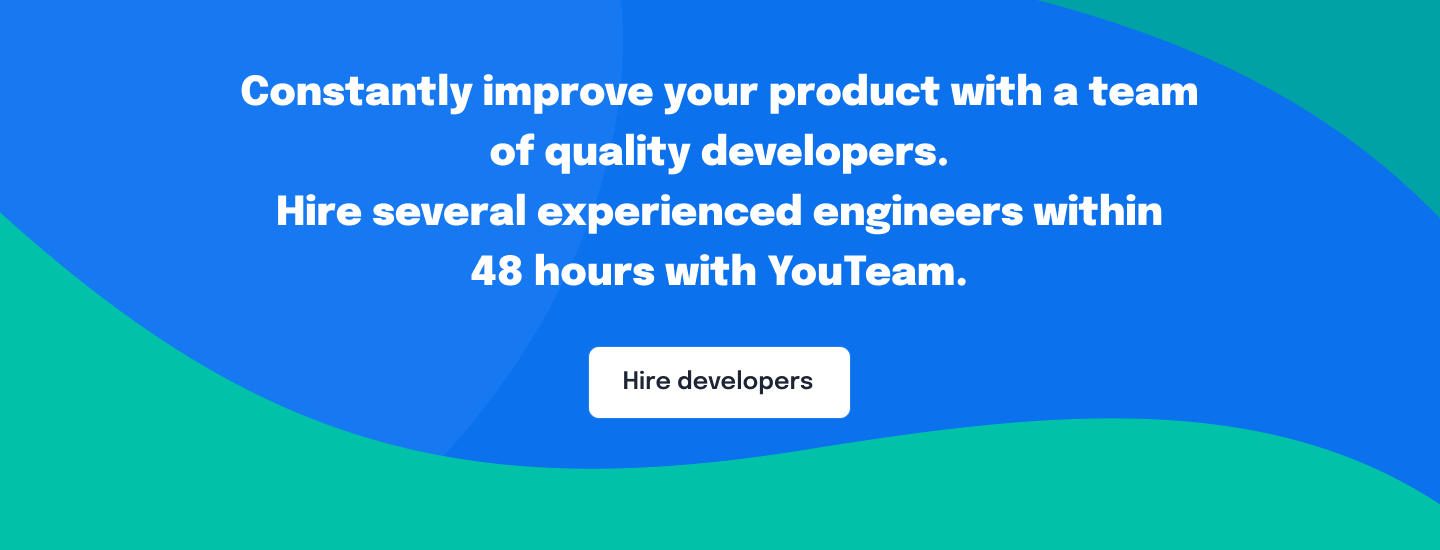One of the main reasons SaaS companies fail is major product issues. What if you could save tons of time and revenue just by tackling common SaaS mistakes before moving to production?
Many companies spend large budgets without thinking about their clients’ goals and markers for success. And every time, this strategy has led to that company being in difficulty.
The goal of every customer success business should be to provide SaaS businesses with something they can use to produce value for their customers. Ultimately, it’s this value that translates into happier, loyal, long-term customers (and more $$$ for you).
And the best time to begin your customer success efforts is when your product’s still in development; this way, you are preventing churn from happening in the future.
Sounds good? Here’s what you should consider.
Table of Contents
Avoid committing to impossible plans
If you’re too ambitious in your milestones and plans, you might lose touch with your customers’ wants and needs and instead focus too much on an initial, predetermined plan that is increasingly disconnected from reality.
When you’re building a product, it’s crucial that you have a persona in mind and try to learn everything you can about that persona. It’s advisable that you talk to future potential customers, find out what they perceive as valuable, and prioritize feature development based on their feedback.
Customer success is about providing customers with value, so you should concentrate on building the right product, the product your customers actually need, not building it fast or in a way you think it’s right. So if you need to adjust your roadmap along the way, be flexible and do that.
Consequently, providing value comes down to product features. You can further explore the relationship between product features and customer success in a Full Guide to Customer Health Scores.
Be careful of feature creep
Speaking of product features, adding lots of them can be tempting but could detract from the actual efficiency of the development team.
You want to be customer-centric, you want to listen to your customers’ feedback and build a product they’ll love, but you also want to distinguish between relevant feedback and noise. At some point, you need to draw a line and listen to your gut; otherwise, you’ll never be ready to actually launch your product.
Customers don’t always know what they want. This is especially true when you’re innovating in your niche and building a product with no similar competitors on the market.
To solve this, use initial testers and early adopters to determine which features would matter most to your users, what’s the minimum you need to provide for them to become successful, and work on those. You can continuously improve your product after launch (and you should!).
Don’t bottleneck your devs
Again, this is why you need to talk to potential customers first and prioritize feature development. Working on too many features at once typically leads to bottlenecks when merging to production.
At the same time, you don’t want some users to wait too long before they get the features they requested, as this will lead to churn. Make sure you have a specific system in place that focuses on delivering top-requested features as quickly as possible, so customers don’t leave you because they’re tired of waiting for something that might never come.
Some of the most popular options for roadmap prioritization are the Weighted Score model or the Kano model. The first one is more analytics and data-point driven, while the latter focuses on the intangible benefits specific features or initiatives bring to customers.
Other aspects to consider are:
- update your roadmap whenever necessary, taking into account new insights and feedback
- if possible, reuse projects and components to speed up development
- focus on innovation rather than incremental enhancements
- keep all critical information close so you can review it whenever necessary
Build for continuous testing & improvement
Product issues are one of the main reasons customers churn, so usability testing is essential during the initial stages of product development. Any business person knows there’s no such thing as a perfect product, but there’s a HUGE difference between a healthy amount of support tickets and an unhealthy one.
Both your Customer Support and Product teams should be aware of the problems your product has. If customers keep running into issues, sooner or later, they will churn, so resolving recurring product issues should be a top priority.
On the other hand, issues can also arise when customers don’t understand your product and use it incorrectly. In this case, your Customer Success and Product teams should work together to educate users and, if necessary, update the product, so it’s more intuitive to use.
Match & improve usability features
You might have been the only product of your kind on the market, or you might have been the best. But is this still true today? It’s crucial that you keep an eye on your competition, on the features and the value they provide.
You just never know when someone will come from behind and outperform you. If your competitors have something you don’t, this might translate into churn later on. Just because a customer was happy when they signed up doesn’t mean they will always stay satisfied – feature and discount requests are among the early signs a customer might leave you.
This is another reason you should ensure your customers are part of the product development process. By creating a system that allows you to identify feature requests and convey them to your Product team, you can avoid losing your customers to your competitors.
On the other hand, if you aren’t the best but you strive to be, find the essential usability features your competitors have and make sure they’re built into your product as well. Think keyboard shortcuts, common reports, calendaring features, etc.
Integrate support into the product
I’ve mentioned before that product issues are one of the main reasons for churn. Therefore, you should strive to solve problems as fast as possible, which means providing a fast and easy way users can contact your Support team. Examples are contextual feedback forms, an easily accessible webchat, IVR support center, an easy-to-browse knowledge base, etc.
Ideally, you want to provide in-person support, but that’s expensive, and not every SaaS business can afford it in the beginning. Still, that doesn’t mean you shouldn’t offer any support at all – on the contrary, offering great support will differentiate your product from your competitors and help you retain customers.
As a compromise, you can offer tiered support levels depending on how much customers are willing to pay.
Build with customer success in mind
Now it’s time to return to the idea that started this article – that customer success is closely tied to product features. The value your product provides comes from the features customers use. If they’re not using a particular feature, they’re not getting the value, which can translate into churn later on. It’s even worse if that feature was meant to make your product sticky.
How to solve this? Set up your product to work with customer success software before it actually launches. This way, you can track relevant product usage within your CS tool, see what features are underused, and reach out to your customers before they become a reason for churn.
Build for scalability
This one comes down to simple math. As the SaaS model is based on subscriptions, it’s crucial that you think about how much money you can make versus how much you need to spend.
One thing to keep in mind is your market size – if there’s not enough demand for your product, your product is not scalable in the long run. But this is a simple one to guess.
Another thing to keep in mind (and a common mistake SaaS owners make) is whether more customers actually means bigger profit. Because if acquiring more customers means also growing your team and the revenue generated from these new customers is not enough to cover your expenses (reps’ salaries), you’ll need to change your approach.
Setting yourself up for success
Ultimately, preventing churn comes down to three things:
- providing value to your customers
- getting feedback from your customers (setting up a system that helps you gather feedback)
- acting on that feedback
- ask the right questions
And if you keep this in mind during the product development process, you’re one step away from the unwanted churn and one step closer to success.








